Kanaan Desert Conservation in Namibia Volunteer in africa, Wildlife

Blackbacked Jackal Canis Mesomelas Stock Photo Image of desert
The desert biome covers about one-fifth of Earth's surface. This biome has a layer of soil that can either be sandy, gravelly, or stony, depending on the type of desert.Deserts usually get at most 50 centimeters (20 inches) of rainfall a year, and the organisms that live in deserts are adapted to this extremely dry climate.. Plants in deserts have adaptations to conserve water.

The 16 largest Carnivores of Africa Flickr
The Northwest African cheetah is a cheetah subspecies endemic to the Sahara desert and Sahel region. They are found in Algeria, Mali, Niger, Burkina Faso, Togo, and Benin. Algeria is thought to be home to most of the surviving population.. Critically endangered carnivores are facing a high risk of extinction due to habitat loss, a reduction.
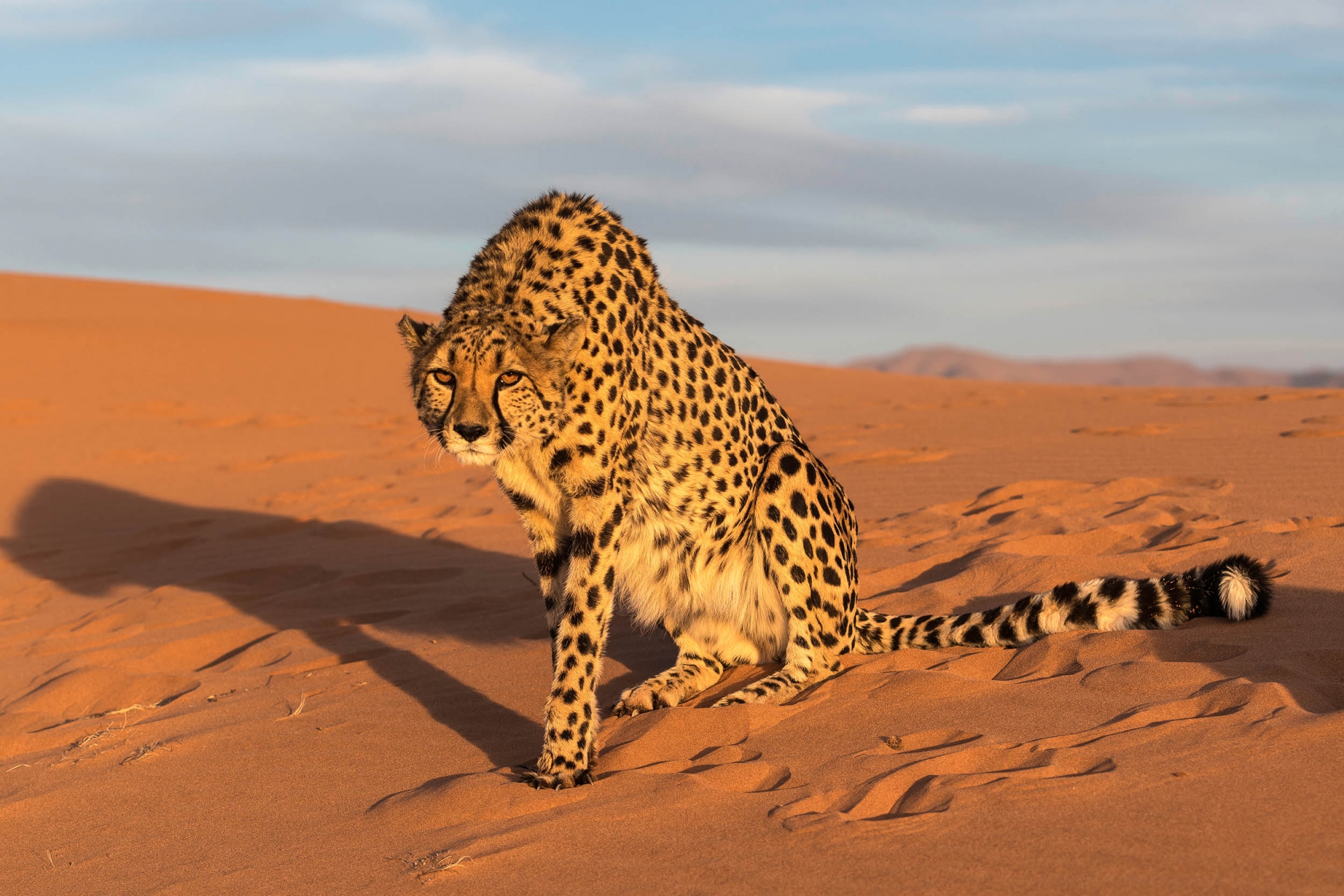
Namibia Carnivore Conservation & Research In Kanaan The Mighty Roar
4. Owls. The Sonoran Desert is home to some owl species. Owls hunt at night, consuming insects, rodents, rabbits, and snakes for food. The smallest type of owl, the elf, lives in the holes in saguaro cacti. The great horned owl, barn owl, and burrowing owl are other carnivores that live in the desert. 5.
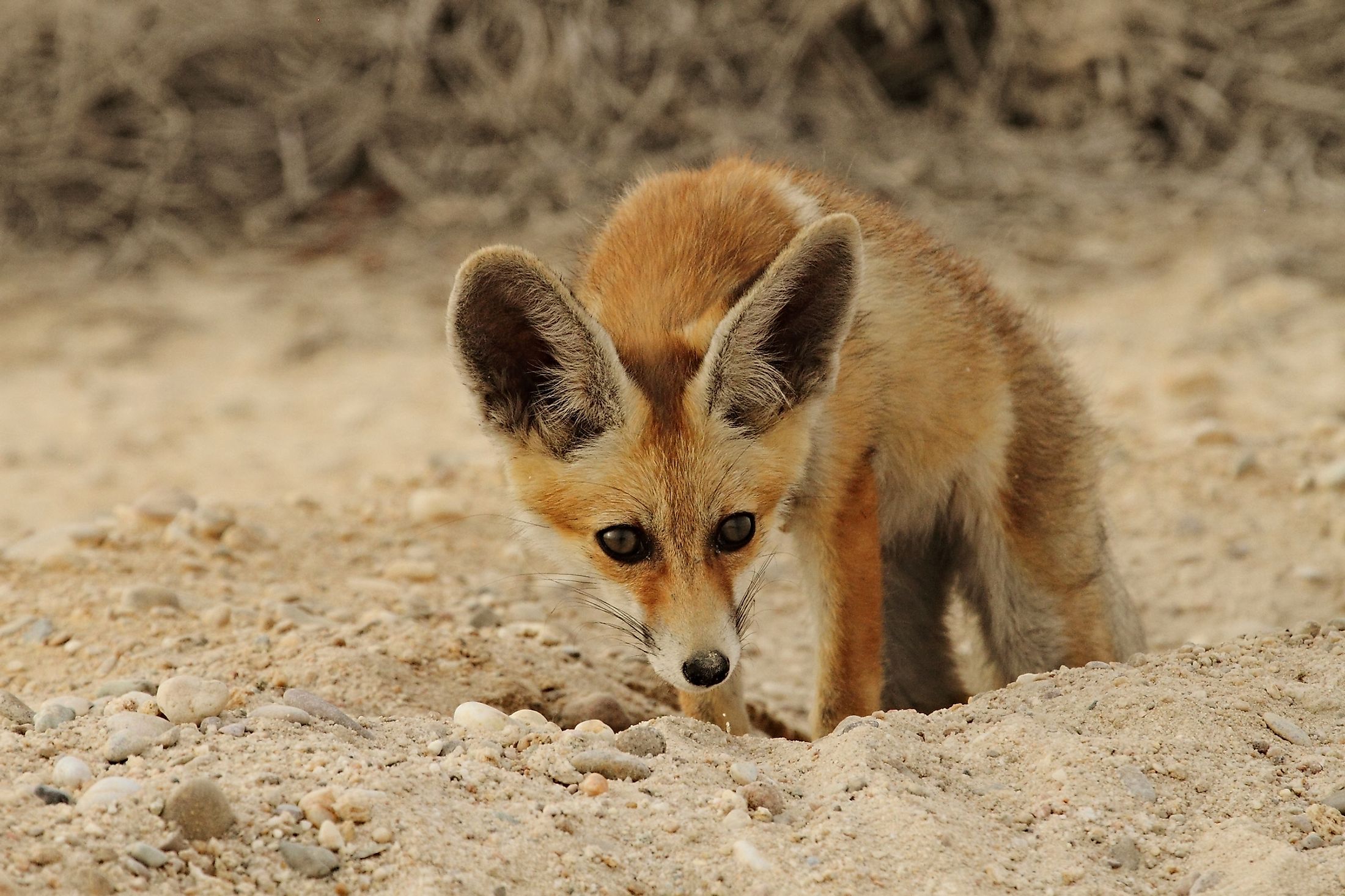
What Animals Live In The Arabian Desert? WorldAtlas
List of Desert Carnivores Roadrunners . Scientific Name: Geococcyx Type of Animal: Bird. The Roadrunner is a fascinating bird with an even more interesting history. Not only does it share the name of a cartoon character, but both the cartoon and real-life versions of the Roadrunner share one thing in common - speed.

Kanaan Desert Conservation in Namibia Volunteer in africa, Wildlife
Herbivore. Size. Up to 19ft. The giraffe is a towering animal that is known for its long and slender neck. Giraffes also primarily live in savannas and slightly milder habitats, but it's also found in the Namib desert. 4. Antelope Jackrabbit. Scientific Name. Lepus alleni.
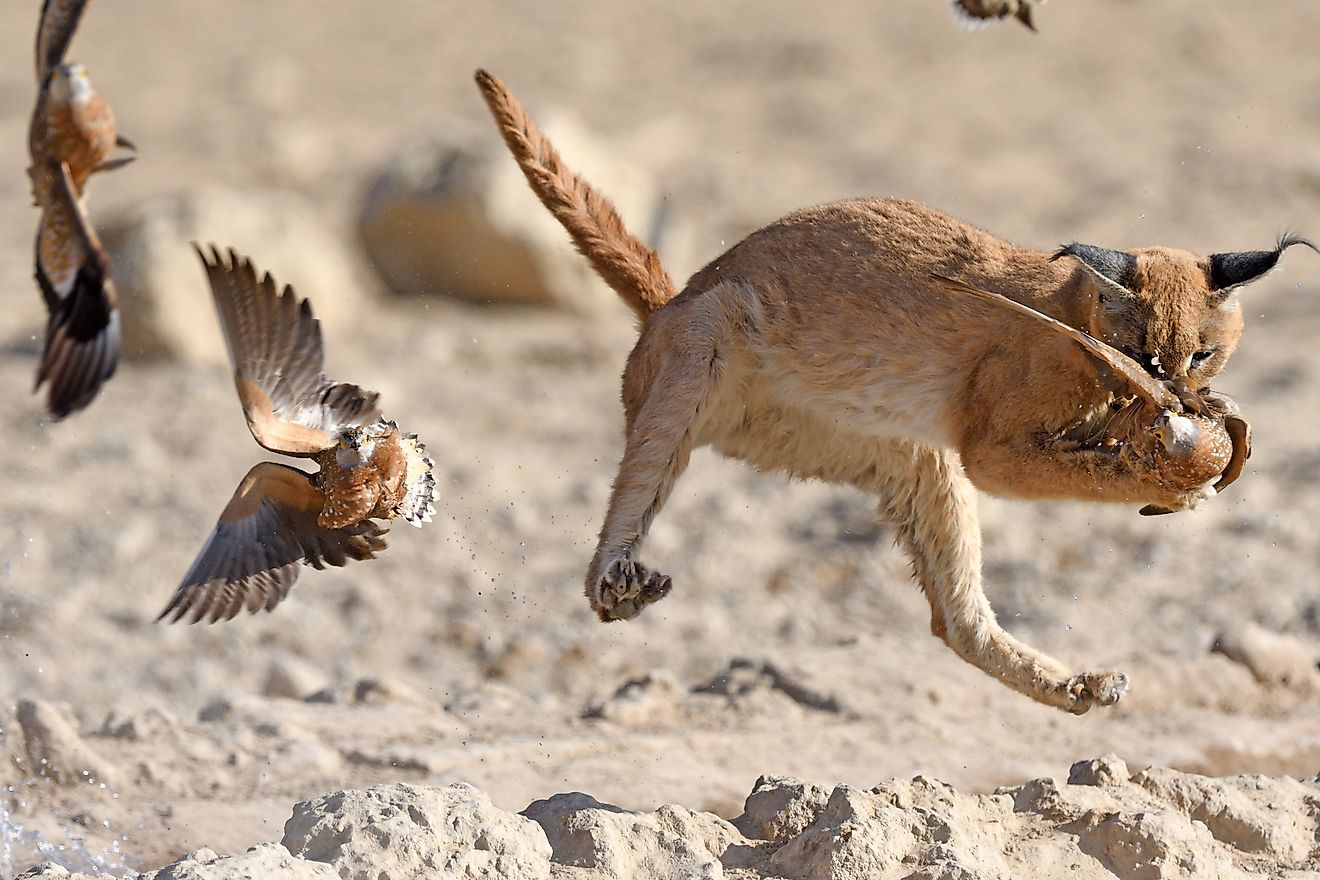
Animals Of The Kalahari Desert WorldAtlas
The last member on our list of desert carnivores is the horned lizard. They thrive in arid or semi-arid regions, which works to their advantage. These lizards are pretty lazy as they often remain motionless, relying on their camouflage to avoid detection. However, if ever caught, horned lizards will squirt a stream of blood within the range of.
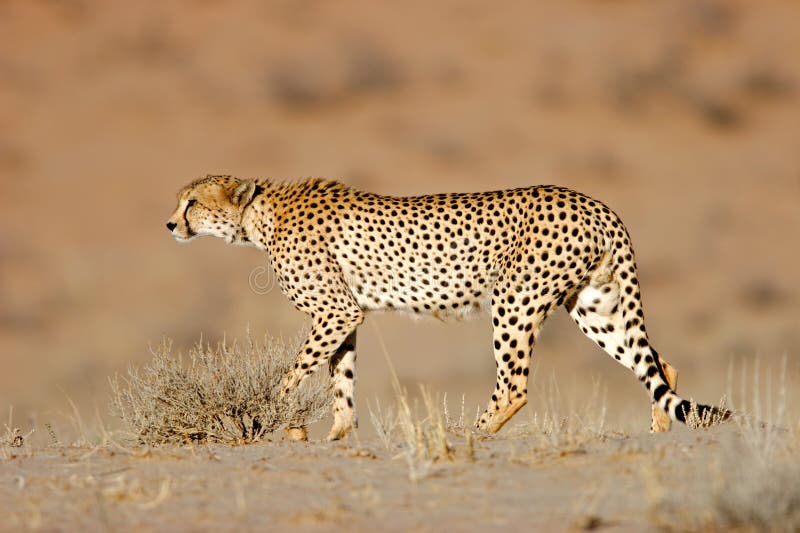
Cheetah, Kalahari Desert, South Africa Stock Image Image of natural
Small desert carnivores, like the black-footed cat, sand cat and fennec fox, have seen their wild populations drop dramatically over the last few decades. Habitat loss and fragmentation are some of the key contributing factors to these species' decline. In addition, there are very few zoos and conservation organizations focusing on the.
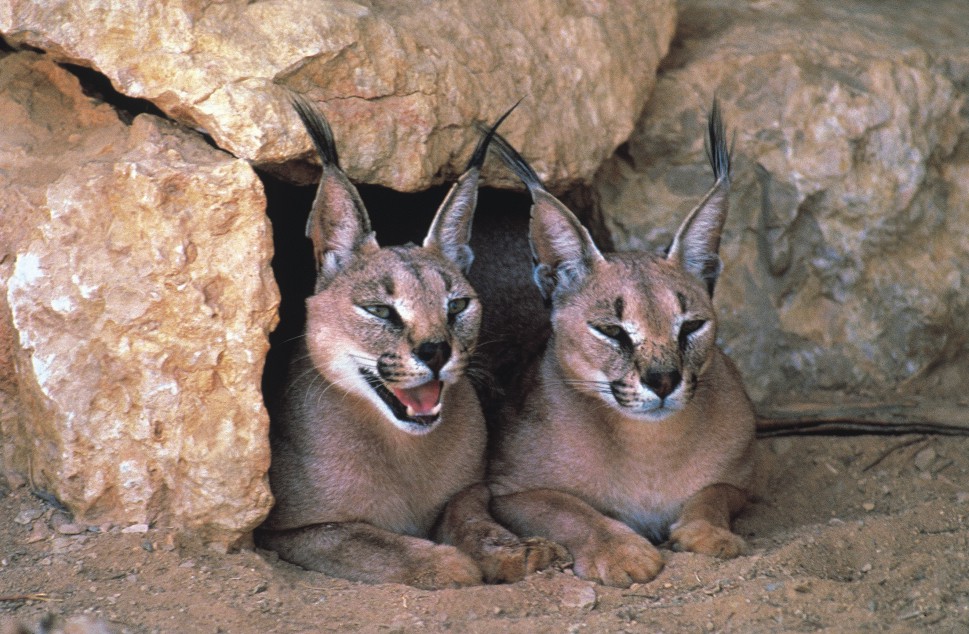
Pictures Of Animals In The Desert Pictures Of Animals 2016
Today, 11 African canids, from excitable African painted wolves and shrewd jackals to the tiny fox species, hunt the continent's desert, alpine grassland, savanna and woodland. Some 40 million years ago, the first identifiable canid (dog) species, Prohesperocyon wilsoni, arose in what is now Texas. The fossilised remains were classified as.
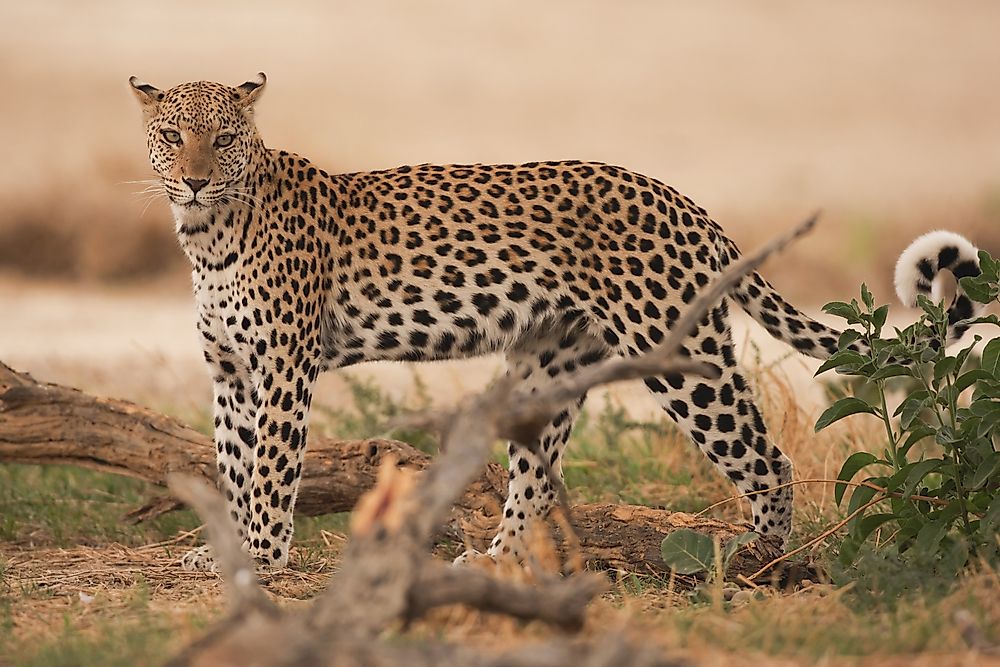
Animals Of The Kalahari Desert WorldAtlas
That, and more desert-specific adaptations, below. Long eyelashes, thick eyebrows, and hairy ears help keep sand and sun out of animals' eyes and ears. Nocturnality means animals can be at their.
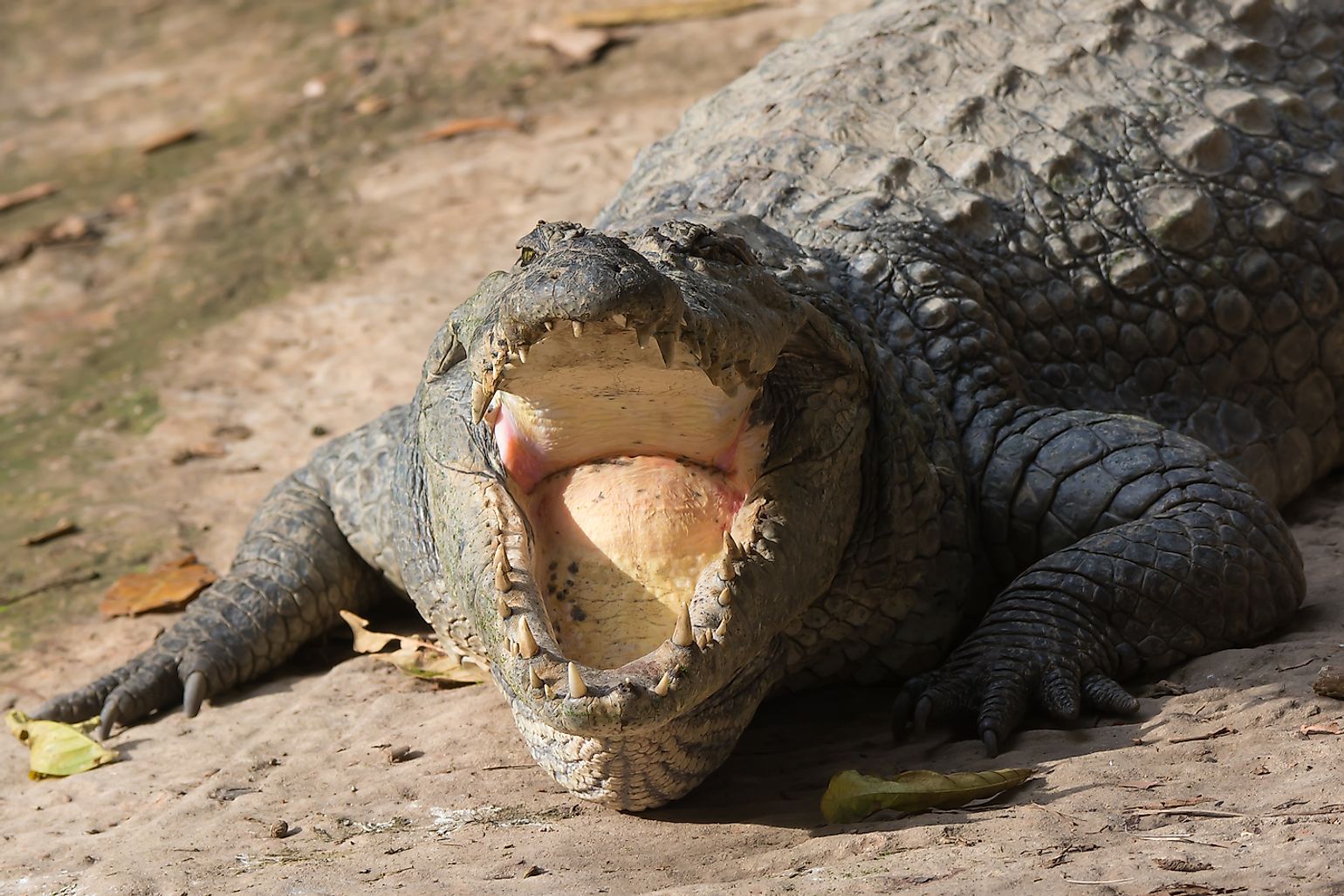
What Animals Live In The Sahara Desert? WorldAtlas
A carnivore is an organism that mostly eats meat, or the flesh of animals. Sometimes carnivores are called predators. Organisms that carnivores hunt are called prey. Carnivores are a major part of the food web, a description of which organisms eat which other organisms in the wild. Organisms in the food web are grouped into trophic, or.

Cusimanses in Desert Carnivores exhibit at Marwell Zoo, 8 March 2009
Carnivore recipes include carnivore cake, cheesecake, ice cream, egg pudding, donuts, and egg souffle. Carnivore diet desserts are low in carbs and sugar-free, providing a sweet treat for those on a meat-only diet. Overconsumption of desserts with sugar or carbs can disrupt weight and fat loss routines, so moderation is key.
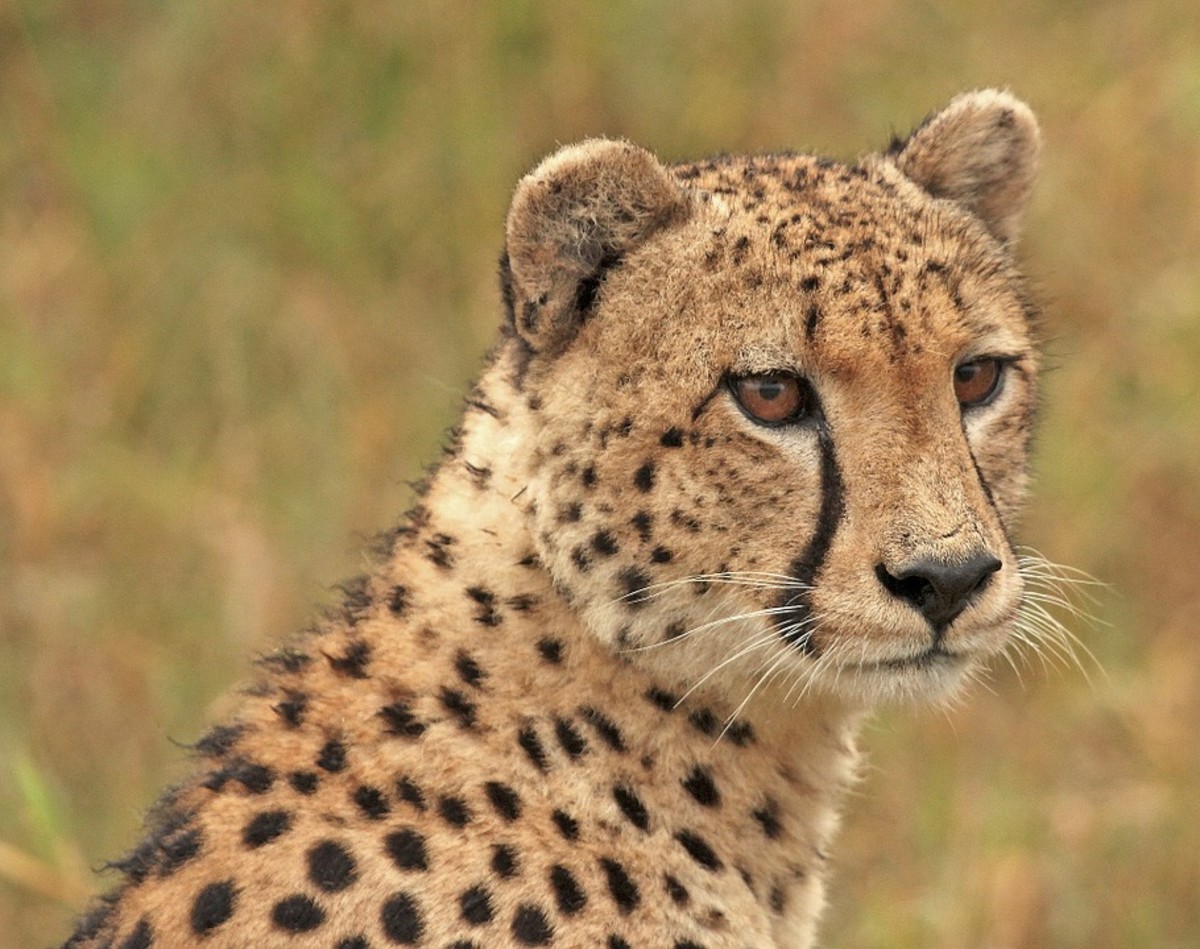
Top 50 Amazing Sahara Desert Animals Owlcation
These 12 desert carnivores, including roadrunners, bobcats, scorpions, gray foxes, mountain lions, coyotes, tarantulas, gila monsters, and diamondback rattlesnakes, all play unique roles in their respective ecosystems. By learning about their scientific names, types, and unique characteristics, we can gain a deeper appreciation for the.
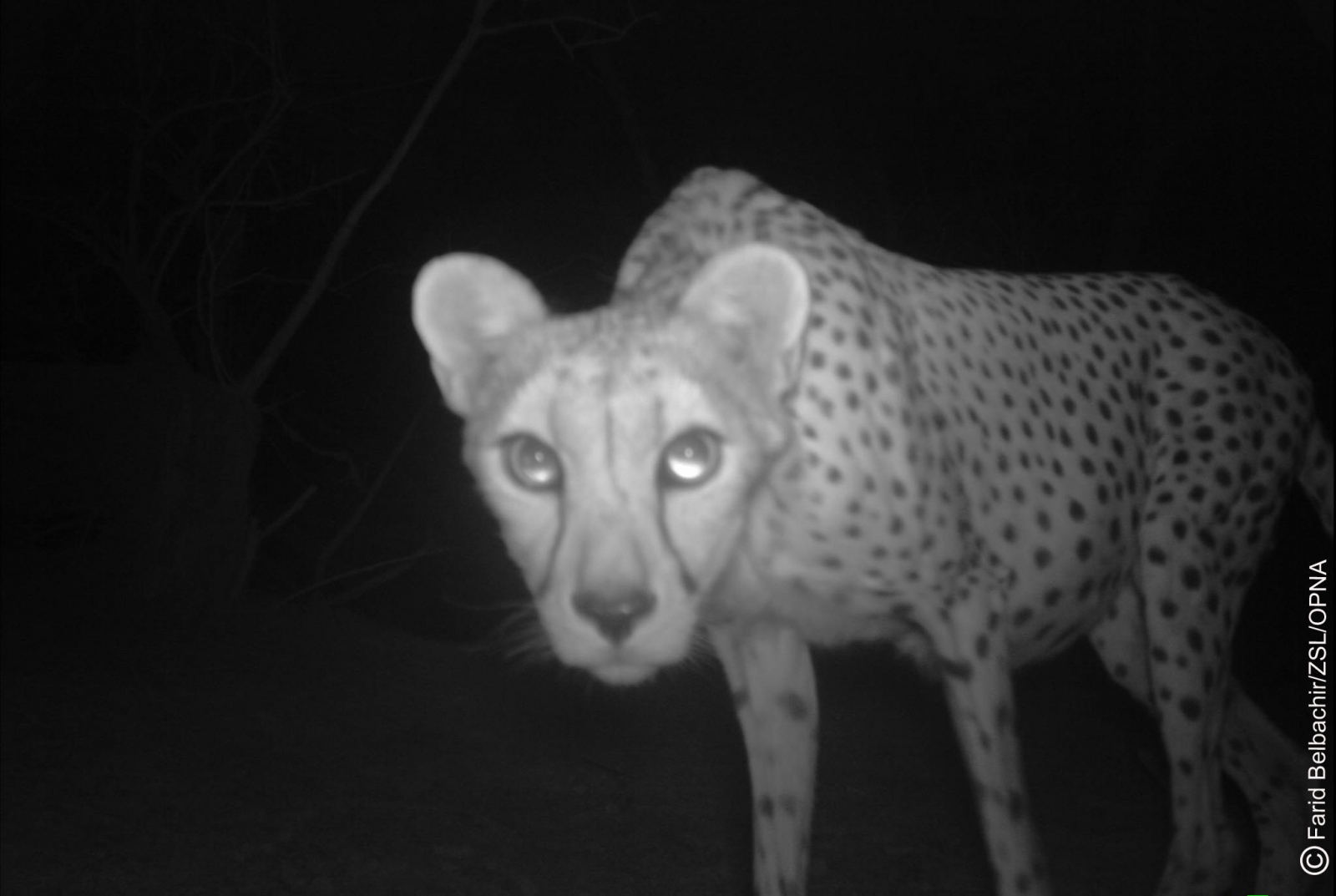
Critically endangered Saharan cheetah 'one of rarest carnivores on the
In summary, the carnivores of the Namib Desert face a range of threats that require continued attention and appropriate conservation measures. Through the establishment of protected areas, community engagement, stringent regulations, and international cooperation, it is possible to safeguard this unique ecosystem and its inhabitants for future.
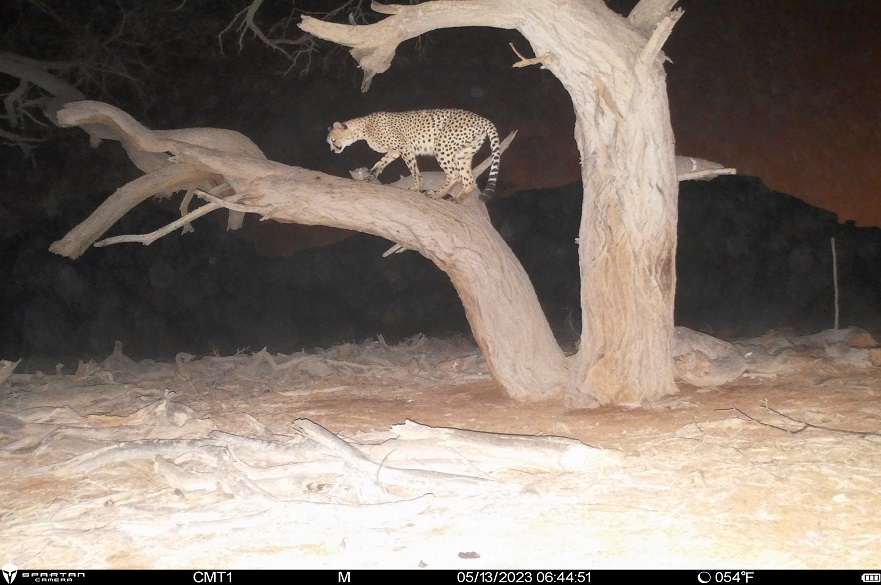
Research helping shed light on lives of desert carnivores Nottingham
The recurrence of diverse complex adaptive phenotypes across diverse desert organisms (Box 1 for examples) leads to a fundamental interest in their underlying genetic basis.Enabled by increasingly cost-effective sequencing technologies and computational resources for data analysis, researchers may rely on numerous methods that were designed to identify regions associated with selection, the.

Arabian sand cat in Desert Carnivores exhibit at Marwell Wildlife, 25
Carrion is a food source for some opportunistic carnivores in the Sahara Desert. E xamples of such carnivores include hyenas, which are scavengers t hat h elp in cleaning up carrion and controlling the spread of pathogens . Their consumption of animal remains, helps m itigate the o utbreak of diseases, while recycl ing used nutrients back into.
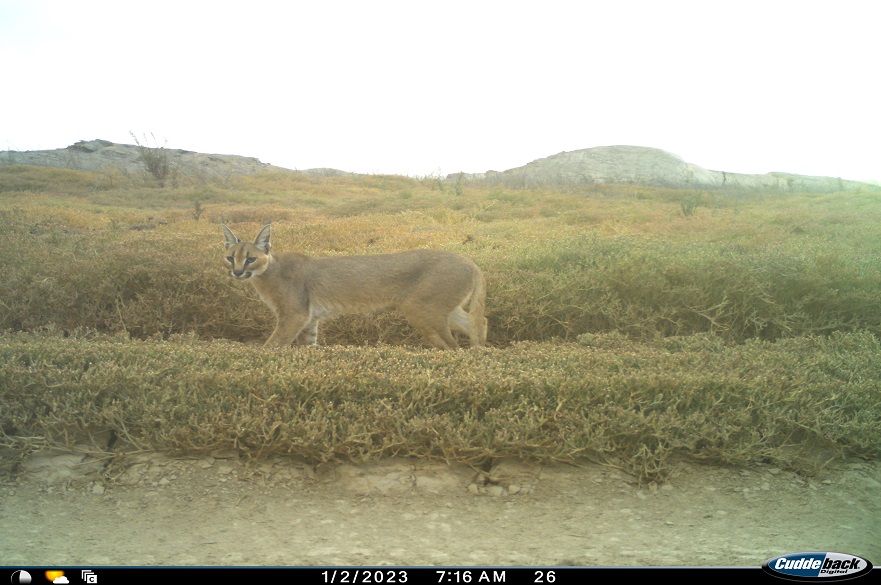
Research helping shed light on lives of desert carnivores Nottingham
Desert animals also have adaptations that help them survive without much water. Kangaroo rats in the Sonoran Desert get water from the seeds they eat. Some carnivores, such as desert foxes, get enough liquid from their prey. Another trick? Most desert animals stay underground or beneath shady rocks during the day.